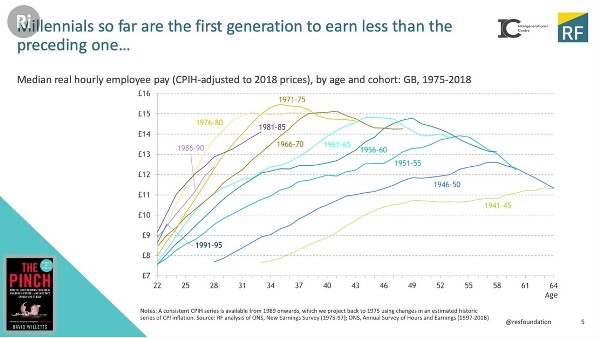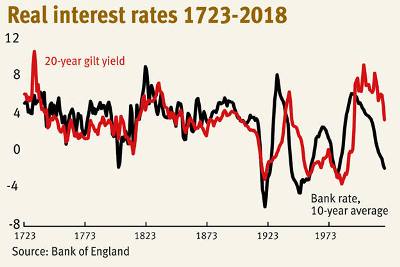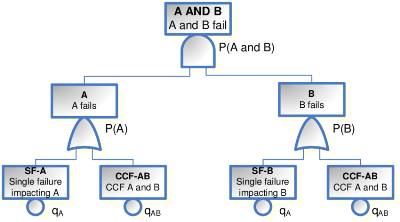I read recently this account ‘Exclusive: Barclays installs Big Brother-style spyware on employees’ computers‘ of how a bank had installed a productivity measuring tool on its employees computer, that issues warning when people pause doing stuff on their computer. And indeed after a quick search I realized there seem to be quite an offer of “productivity monitoring tools” on the market.

This is an impressive application of the Industrial Age mindset as we move into Collaborative Age. Monitoring my computer activity would have absolutely no meaning as to my productivity: my work is about creativity, facilitating, getting people to work together. How can you expect to measure that based on my active interaction with my computer?
The article does not detail what were the specific tasks of the targeted employees, but in most modern organisations people don’t spend their entire day in front of the screen just repeatedly doing tasks that can be measured for actual productivity. Only some specific administrative departments could possibly be considered for that to be relevant.
In any case installing some software is a serious breach of confidence with regard to the employees and says a lot about the workplace culture that must be prevalent there.
In the Collaborative Age, productivity measurement must be more comprehensive than just interaction with a computer; and in case, trust will ever be a more essential characteristic of healthy workplaces.











